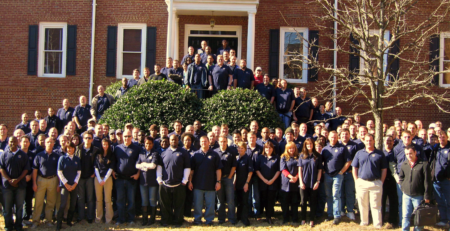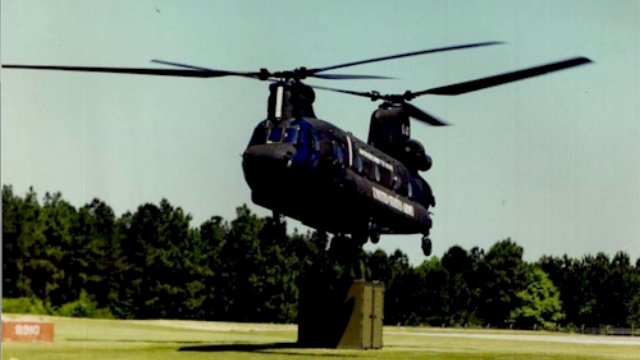Today in Military History – May 3rd – The Whole Story
 May 3rd, 1942 the first day of the first modern naval engagement in history, called the Battle of the Coral Sea, a Japanese invasion force succeeds in occupying Tulagi of the Solomon Islands in an expansion of Japan’s defensive perimeter.
May 3rd, 1942 the first day of the first modern naval engagement in history, called the Battle of the Coral Sea, a Japanese invasion force succeeds in occupying Tulagi of the Solomon Islands in an expansion of Japan’s defensive perimeter.
The United States, having broken Japan’s secret war code and forewarned of an impending invasion of Tulagi and Port Moresby, attempted to intercept the Japanese armada. Four days of battles between Japanese and American aircraft carriers resulted in 70 Japanese and 66 Americans warplanes destroyed. This confrontation, called the Battle of the Coral Sea, marked the first air-naval battle in history, as none of the carriers fired at each other, allowing the planes taking off from their decks to do the battling. Among the casualties was the American carrier Lexington; “the Blue Ghost” (so-called because it was not camouflaged like other carriers) suffered such extensive aerial damage that it had to be sunk by its own crew. Two hundred sixteen Lexington crewmen died as a result of the Japanese aerial bombardment. Although Japan would go on to occupy all of the Solomon Islands, its victory was a Pyrrhic one: The cost in experienced pilots and aircraft carriers was so great that Japan had to cancel its expedition to Port Moresby, Papua, as well as other South Pacific targets.
The Battle of the Coral Sea was fought between the Japanese and Allied navies from May 4 through May 8, 1942 in the Coral Sea, about 500 miles northeast of Australia. Occurring only six months after the surprise attack at Pearl Harbor, it was one of the first naval battles fought in the Pacific during World War II.
In the spring of 1942, Japanese forces planned to invade southern New Guinea, a move designed to knock Australia and New Zealand out of the war. The Allies, including the U.S., Australia, and Great Britain, gathered a large fleet to thwart the invasion. After several days of searching and skirmishing, the Japanese and Allied fleets found each other on May 8 and each sent aircraft to attack the other. Both air attacks occurred at about the same time approximately 200 miles apart with both sides suffering moderate losses. The most significant Allied loss during the battle was the sinking of the American carrier, USS Lexington. That evening, with the battle roughly a draw, both sides retreated but would meet again a month later at the decisive Battle of Midway, 3,000 miles away in the Hawaiian Islands.
The Battle of the Coral Sea was important for several reasons. It was the first pure carrier-vs-carrier battle in history as neither surface fleet sighted the other. Though a draw, it was an important turning point in the war in the Pacific because, for the first time, the Allies had stopped the Japanese advance. Before the battle, the Japanese had enjoyed a continual string of victories while afterwards, it suffered an almost continual series of defeats, including at Midway, a major American victory.
Shortly after the Battle of the Coral Sea, many called it one of the most important naval battles in world history and, at the time, it probably was. Sixty years later, the battle is still widely known throughout Australia with many Aussies referring to it as, “The battle that saved Australia.” For most Americans, however, the Battle of the Coral Sea has faded into obscurity.
This is the story of that important battle.
Background
From December of 1941 to the spring of 1942, Japanese forces advanced virtually unimpeded throughout the Pacific and southeastern Asia while handing the Allies a string of humiliating defeats, first at Pearl Harbor, then at Guam, Wake Island, Singapore, and in the Philippines. By the spring of 1942, the outcome of the war was very much in doubt as Americans began to think that the Japanese military was invincible. “The Pacific situation is now very grave,” cabled President Roosevelt to Winston Churchill in March of 1942, after the Japanese conquest of Java.
http://tdiumh.blogspot.com/2005/05/may-3.html
CED Solutions is honored to offer training for the Armed Forces of the United States and is proud to provide reduced-cost training to military service members.






